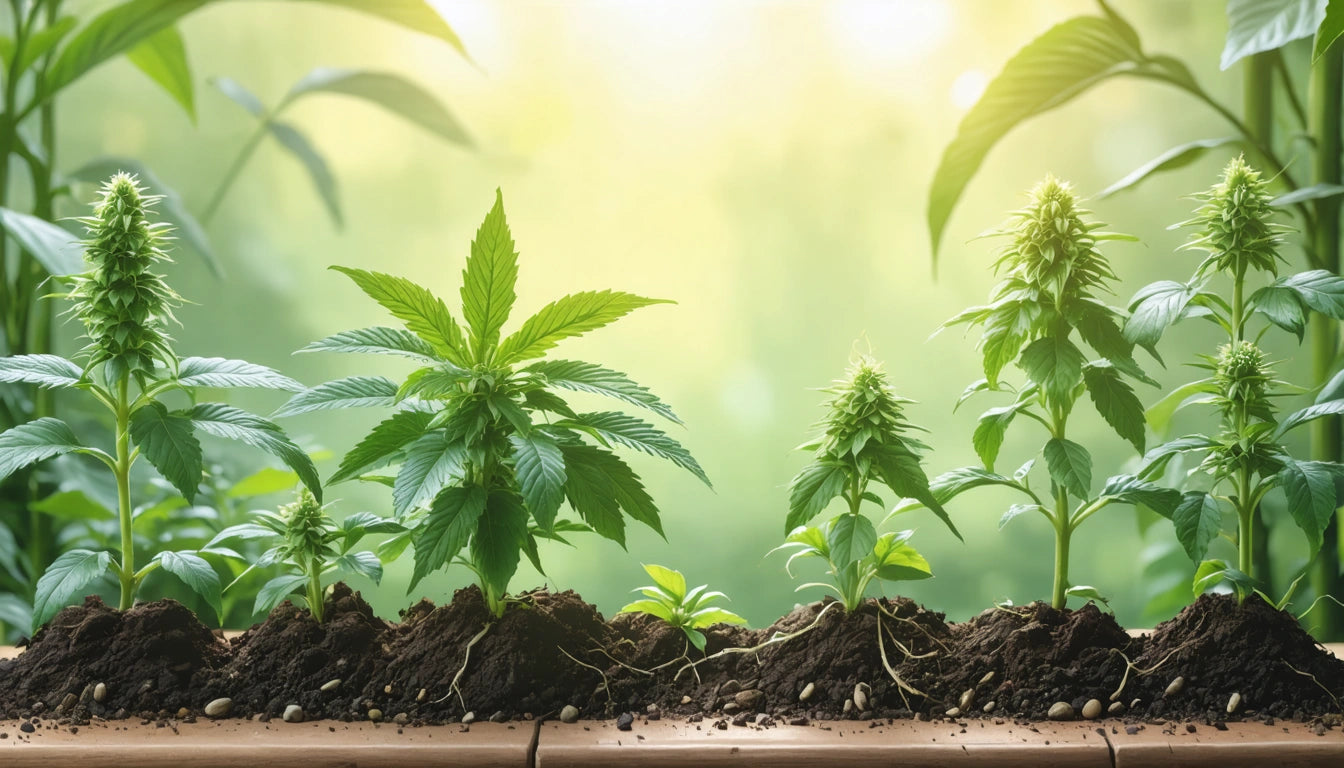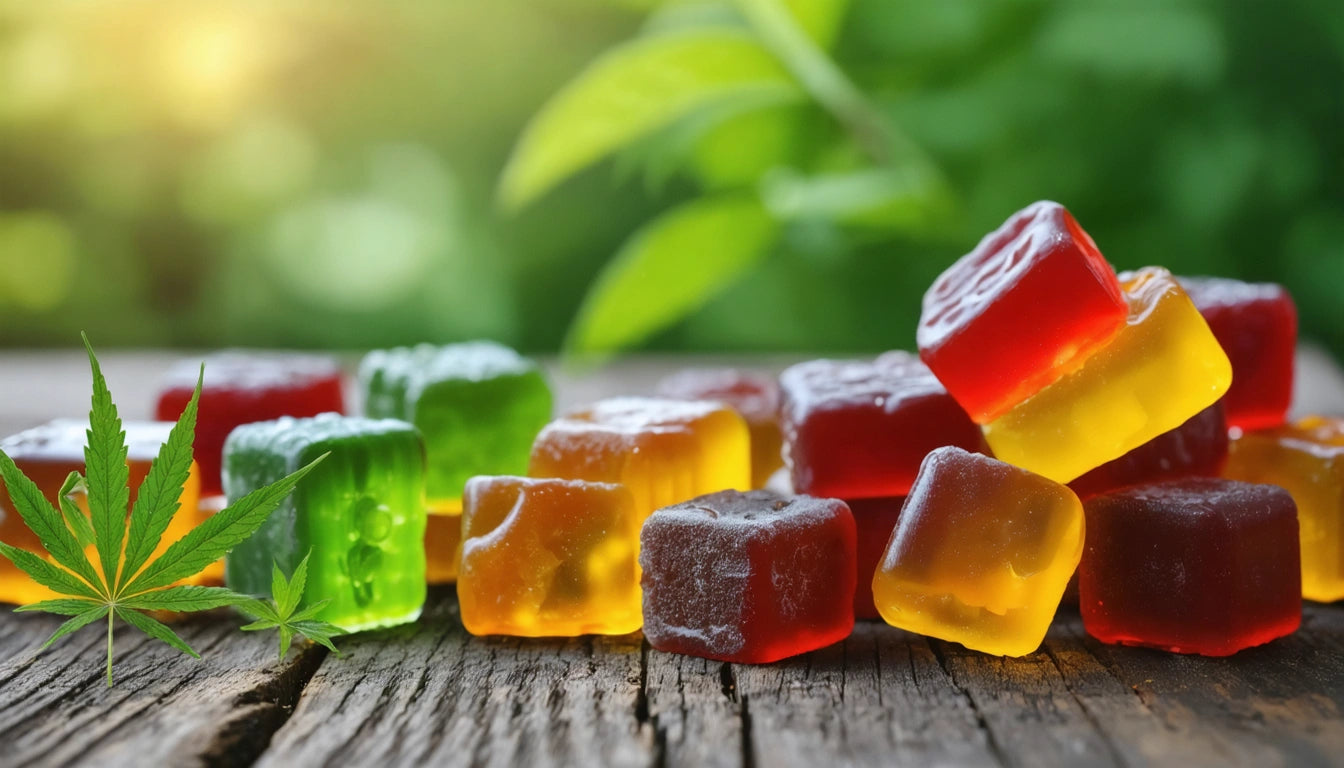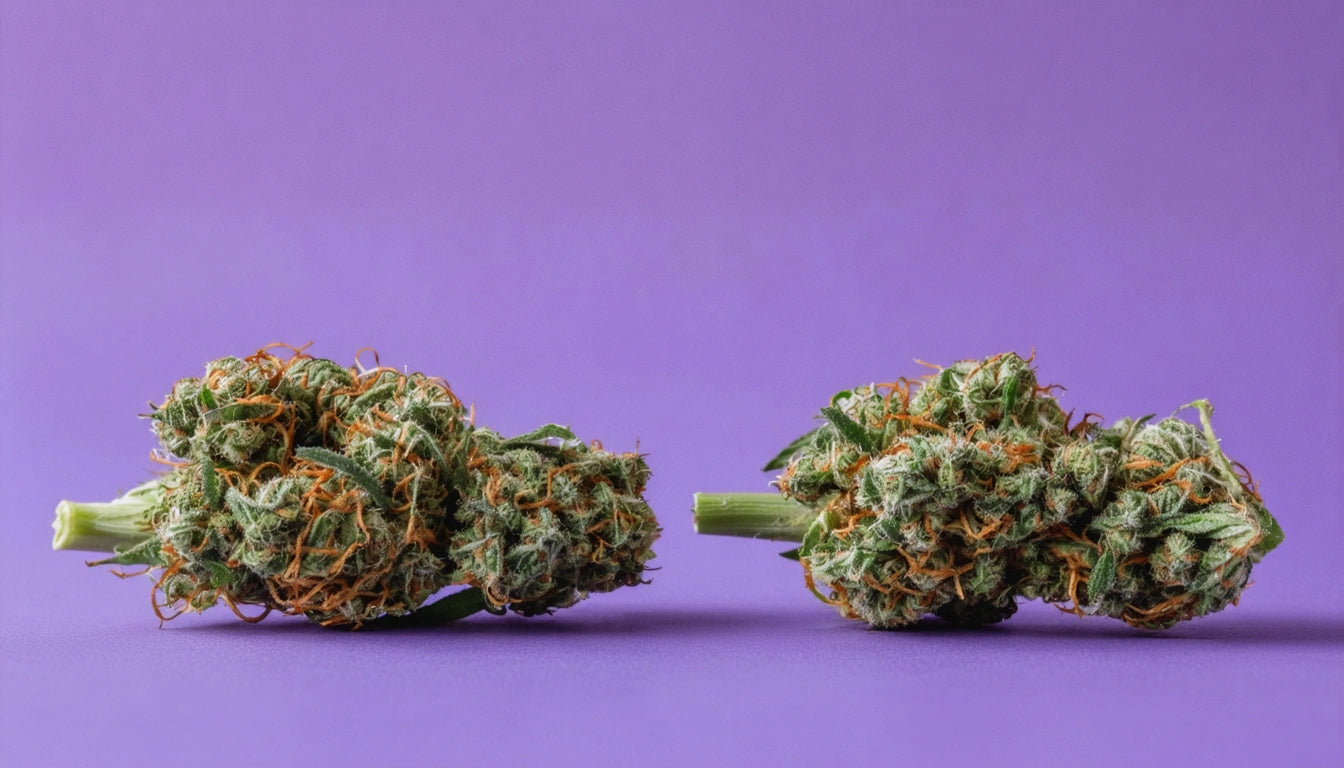Table of Contents
- Understanding Cannabis Growth Phases
- Indoor Transition Timing: When to Flip to Flower
- Outdoor Flowering Considerations
- Nutrient Management During Transition
- Light Intensity Adjustments for Optimal Flowering
- Correcting Issues: How to Reverse Early Flowering
- Maximizing Yield Potential: Advanced Techniques
Mastering the Transition from Vegetative to Flowering Stage: Tips for Indoor and Outdoor Cultivation
The transition from vegetative to flowering stage represents a critical turning point in cannabis cultivation. This shift determines not only the final yield but also the quality and potency of your harvest. Whether you're growing indoors with complete environmental control or outdoors with nature's schedule, understanding the optimal timing and techniques for this transition can significantly impact your results.
Understanding Cannabis Growth Phases
Cannabis plants progress through distinct growth phases, each requiring specific conditions for optimal development. Before determining when to switch from vegetative to flowering stage, it's essential to recognize the characteristics of each phase.
The vegetative stage focuses on structural development, with plants building strong stems and lush foliage. During this period, plants typically receive 18+ hours of light daily and nitrogen-rich nutrients to support leafy growth. According to research on flowering timelines, most cultivators maintain plants in this stage for 4-8 weeks, depending on desired final size.
The flowering stage begins when plants receive signals to reproduce, primarily through changes in light cycles. This triggers the development of buds and eventually mature flowers containing cannabinoids and terpenes.
Indoor Transition Timing: When to Flip to Flower
When growing indoors, you have complete control over when to switch from vegetative to flowering stage. Several factors influence this decision:
- Available vertical space (remember plants can stretch 50-100% during early flowering)
- Desired final plant size
- Strain genetics (indica-dominant strains typically stretch less than sativas)
- Growth technique implementation (training methods like SCROG or topping)
Most cultivators determine when to flip to flower based on when the plants have reached approximately 50% of their desired final height. For indoor setups, this typically occurs after 4-6 weeks of vegetative growth, though this varies by strain and growing conditions.
To initiate flowering, adjust your light schedule to 12 hours on and 12 hours off. This photoperiod change signals plants to begin reproductive development.
Outdoor Flowering Considerations
Outdoor growers face different challenges when managing the vegetative to flowering transition. Natural light cycles dictate when plants flower, typically beginning when daylight hours decrease to around 14 hours per day.
According to state-by-state flowering guides, most outdoor plants in the Northern Hemisphere begin flowering in late July to early August. Regional variations exist based on latitude, with southern states experiencing later flowering starts than northern regions.
For outdoor cultivators wondering when to switch to bloom nutrients outdoors, the transition should align with these natural flowering cues. Begin introducing bloom nutrients when you observe the first signs of flowering, typically when plants develop pre-flowers at node intersections.
Nutrient Management During Transition
Proper nutrient management is crucial during the transition phase. As plants shift from building vegetative structure to developing flowers, their nutritional requirements change significantly.
When to start bloom nutrients depends on recognizing the earliest signs of flowering. For indoor growers, introduce bloom nutrients about 7-10 days after changing the light cycle. This timing allows plants to adjust to the new photoperiod before dealing with nutritional changes.
The ideal nutrient profile shifts from nitrogen-dominant to formulations higher in phosphorus and potassium. Top nutrients for flowering include bloom-specific formulations with NPK ratios like 5-10-10 or similar, emphasizing the P and K components that support flower development.
For commercial operations, automated nutrient delivery systems can ensure precise feeding schedules during this critical transition, maintaining consistency across large grows and reducing labor costs associated with manual feeding.
Light Intensity Adjustments for Optimal Flowering
Understanding when to increase light intensity in flowering can significantly impact yield. During the first 2-3 weeks of flowering (the stretch phase), plants benefit from slightly increased light intensity to support rapid growth.
For indoor cultivators using LED lighting, a gradual increase of 10-15% in intensity during early flowering helps plants adapt without stress. Once the stretch phase ends and bud sites are established, another increase of 10-20% maximizes photosynthetic potential during the critical bud development period.
HID lighting users should ensure proper distance adjustments as flowering progresses, typically maintaining lights slightly closer than during the vegetative stage to increase photon density at the canopy level.
Correcting Issues: How to Reverse Early Flowering
Sometimes plants begin flowering prematurely due to light leaks, stress, or irregular light schedules. Understanding how to reverse early flowering can save a crop from diminished yields.
For plants that have been flowering for less than two weeks, returning to a vegetative light schedule (18-24 hours of light) can effectively reverse the flowering process. This technique, sometimes called re-vegging, works best when implemented quickly after flowering begins.
Additional strategies include:
- Ensuring complete darkness during the dark period if maintaining a flowering schedule
- Addressing any environmental stressors like temperature extremes or watering issues
- Providing vegetative-stage nutrients to support the transition back to growth
Plants successfully reversed will show new vegetative growth within 1-2 weeks, though they may display unusual leaf patterns initially.
Maximizing Yield Potential: Advanced Techniques
To increase yield during flowering, particularly for outdoor grows, several advanced techniques can be implemented during the transition period:
Strategic defoliation just before and after the flip to flower improves light penetration to lower bud sites. For indoor growers, this is typically done right before the light cycle change and again 21 days later.
Support structures become increasingly important as flowers develop weight. Installing trellis netting or stakes during the transition phase prevents branch breakage later and maximizes canopy efficiency.
Bloom boosters containing specific ratios of phosphorus, potassium, and micronutrients can enhance flower development when applied according to flowering stage timelines.
For outdoor cultivators, understanding regional climate patterns helps optimize the timing of support and protection measures. According to outdoor growing guides, preparing for flowering at least 2-3 weeks before the expected transition ensures plants are positioned for success.
Mastering the vegetative to flowering transition requires attention to timing, environmental conditions, and plant signals. By understanding the specific needs of your growing environment and cannabis genetics, you can optimize this crucial phase for maximum quality and yield.











Leave a comment
All comments are moderated before being published.
This site is protected by hCaptcha and the hCaptcha Privacy Policy and Terms of Service apply.